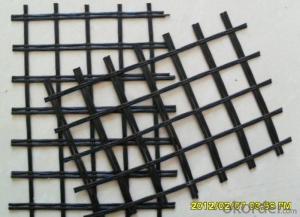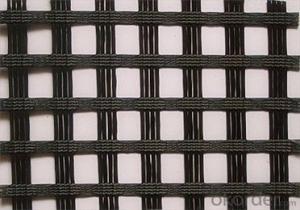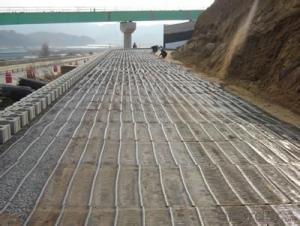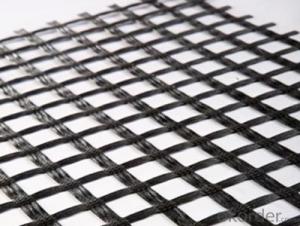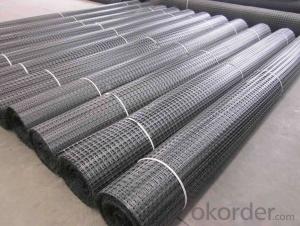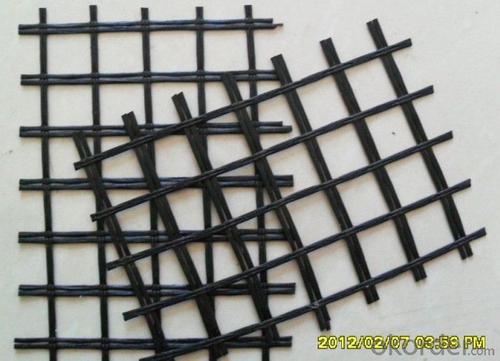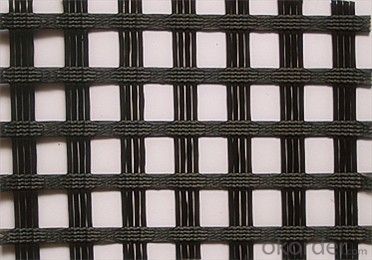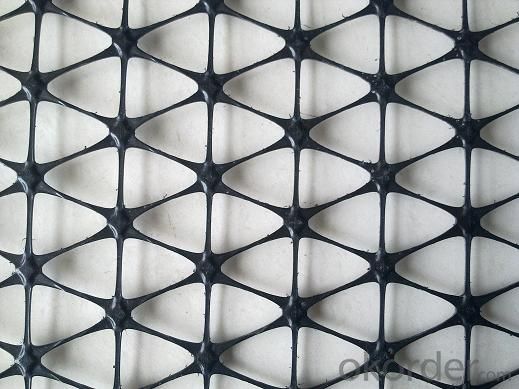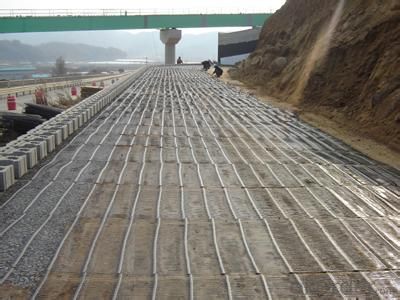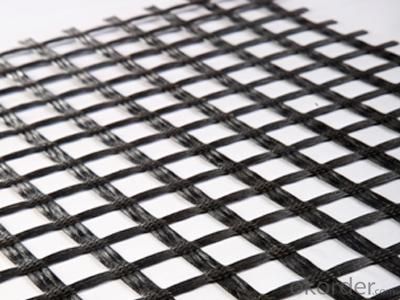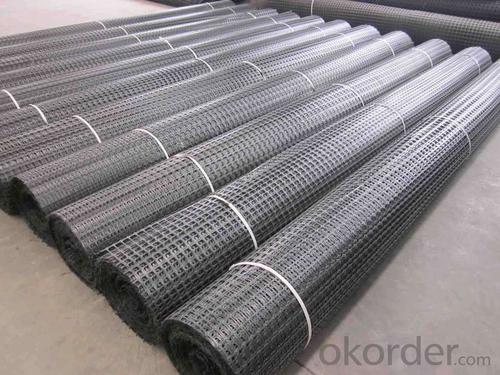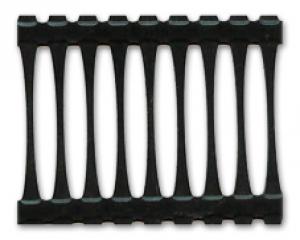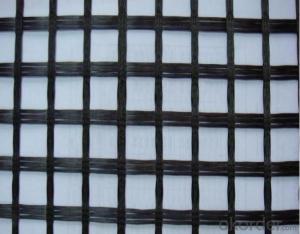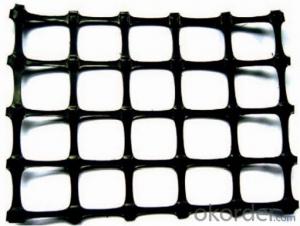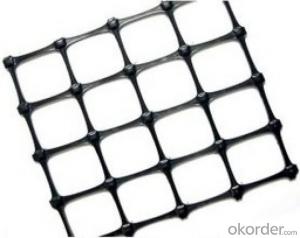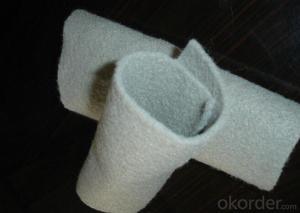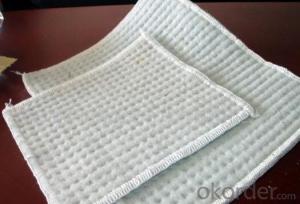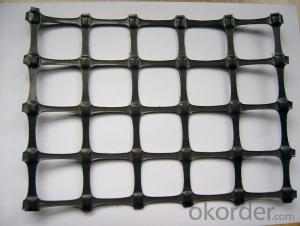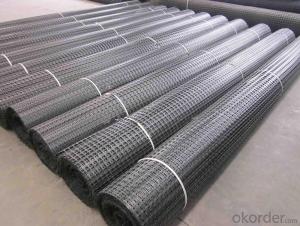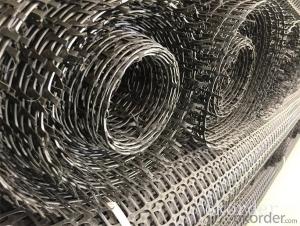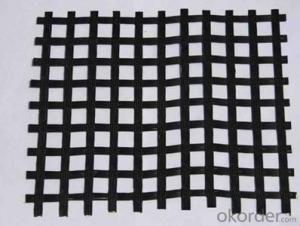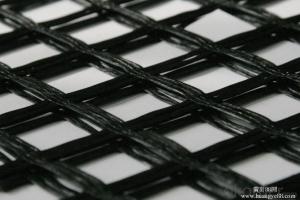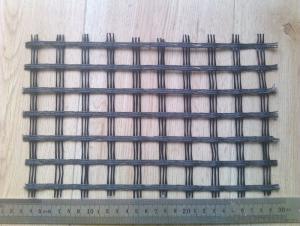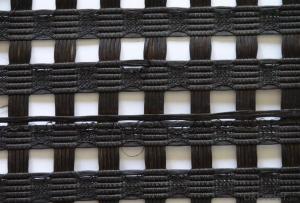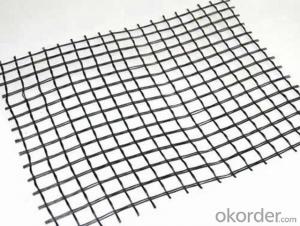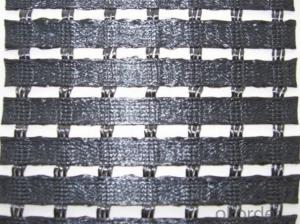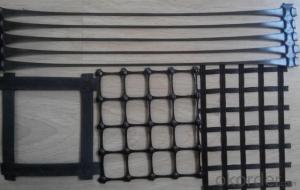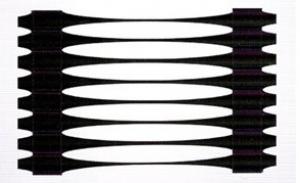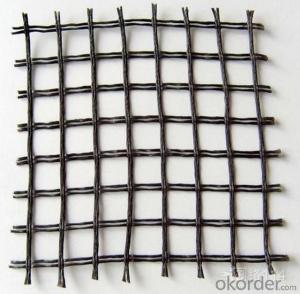Europe Geogrids Market Plastic Polypropylene Biaxial Geogrid for Road Reinforcement
- Loading Port:
- Qingdao
- Payment Terms:
- TT OR LC
- Min Order Qty:
- 30000 m²
- Supply Capability:
- 500000 m²/month
OKorder Service Pledge
OKorder Financial Service
You Might Also Like
Structure of Plastic Polypropylene Biaxial Geogrid:
Plastic Polypropylene Biaxial Geogrid is made by weaving and covering fiberglass filament. It is featured by high vertical and horizontal tensile strength, low unit extension, high flexibility, and favorable high and low temperature resistance. The products after surface covering own the favorable property of alkali resistance and aging resistance.also used to strengthen the soft land, such as railway, airport, irrigation work, and dyke, etc, and the roadbed A.
Main Features of Plastic Polypropylene Biaxial Geogrid:
fiberglass geogrid for soil reinforcement
fiberglass geogrid
High tensile strength, low elongation
High stability
Plastic Polypropylene Biaxial Geogrid Images
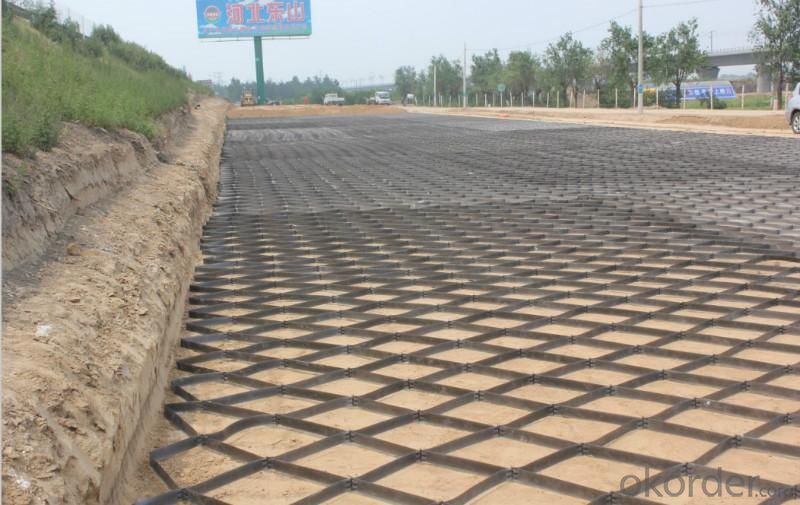
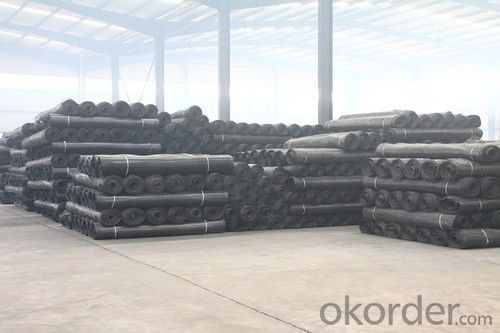
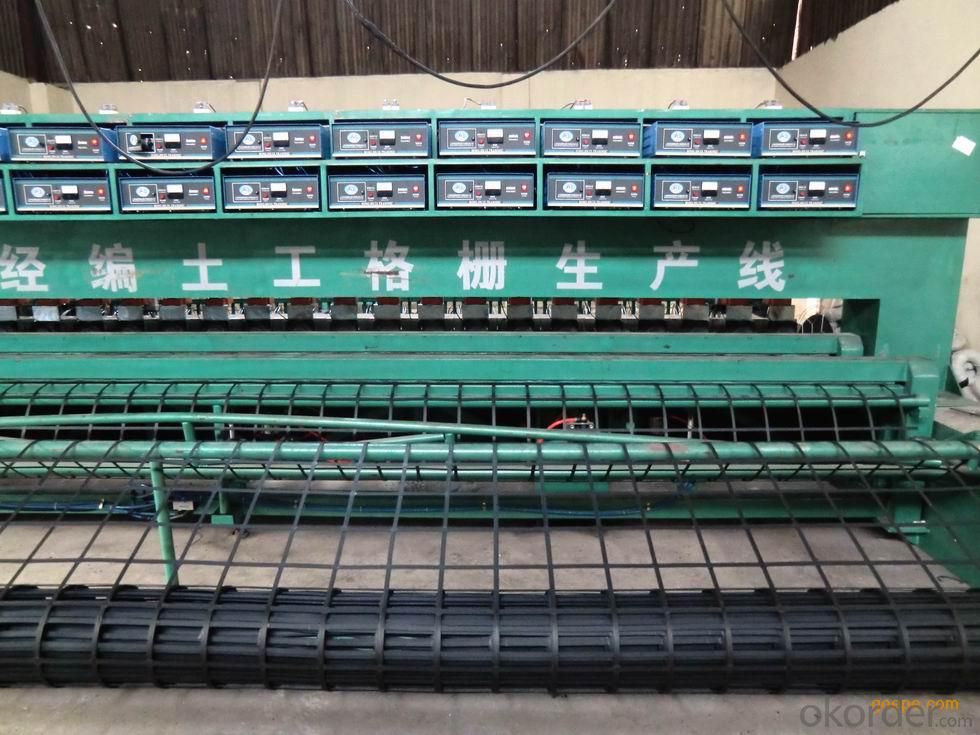
Butimen Coated Plastic Polypropylene Biaxial Geogrid
Glass Fiber Geogrid GGF80 Technical Specification | |||
Property | Test Method | Unit | Index |
Wide Width Tensile Strength | |||
MD | KN/M | ≥80 | |
CMD | KN/M | ≥80 | |
Elongation At Break | ≤4 | ||
Grid | MM | 25.4×25.4 | |
Width | M | 1~6 | |
Packaging | Details | ||
Roll Dimensions(W×L) | According to customer requirements | ||
Square Meters Per Roll | |||
Estimated Roll Weight | |||
It is widely used in Asphalt wall, railway foundation, dike slope, runway and sand harnessing.
FAQ
We have organized several common questions for our clients,may help you sincerely:
Q: How about your company?
A:Our company are one of the largest geosynthetic products supplier in the world.We have the products experience more than 20 years.Already export to USA/Germeny/Australia/Zambia/Brazil etc.more than 20 countries.Almost 10years.Our products including Geocell/Fiberglass Geogrid/Geomembrane/Geotextile/Geonet etc.
Q.Does your products have good qualitity?
A:Yes,we have do many big projects such as the 2008 Beijing Olympic BIRD NEST. Divert water from the south to the north project. And our products have CE certificate also.
Q:How long can we receive the products after purchase?
A:In the purchase of product within three working days, We will arrange the factory delivery as soon as possible. The pecific time of receiving is related to the state and position of customers.Commonly 15-20 working days can be delivery.
- Q: Can geogrids be used in pond liners?
- Yes, geogrids can be used in pond liners. Geogrids are often used as a reinforcement material in the construction of pond liners to enhance their stability, prevent soil erosion, and increase their overall strength and durability.
- Q: What are the potential drawbacks of using geogrids?
- Some potential drawbacks of using geogrids include their high cost compared to other soil stabilization methods, the need for proper installation and maintenance to ensure effectiveness, and limitations in their ability to withstand certain extreme environmental conditions such as high temperatures or chemical exposure. Additionally, geogrids may not be suitable for all soil types or site conditions, requiring a thorough analysis and consideration of alternative solutions.
- Q: Bi directional plastic geogrid is suitable for engineering
- Wharf cargo yard and other permanent bearing foundation reinforcement.Supply geogrid.
- Q: History of geotechnical materials
- Geosynthetics are widely used in geotechnical engineering at present, which is a general name of polymer products. As early as in 1920s, the chemical industry was successful in the production of synthetic materials, but it was not until the late 50s that the material was gradually used as a new type of building materials to be used in geotechnical engineering. In the early stage, the products were mainly pervious to spinning and non-woven geotextiles, and later produced impermeable geomembrane. With the requirement of engineering practice and the improvement of manufacturing technology, the geogrid and other composite products with high strength reinforcement are manufactured. In this way, the original geotechnical fabric word has not summarized all kinds of products in the international meaning, so there are many alternative names, the geotextile material was the most common, but the habit still referred to as geotextile. Geotechnical material is divided into several categories of materials: geotextile, geomembrane, geogrid, drainage board, composite geomembrane, geotextile, geocell, bentonite waterproof blanket, etc..
- Q: How do geogrids improve soil stability?
- Geogrids improve soil stability by providing reinforcement and confinement to the soil, helping to distribute and transfer loads more evenly. They interlock with the soil particles, increasing the shear strength and preventing soil movement and erosion. Additionally, geogrids can enhance the load-bearing capacity of the soil, allowing for more efficient construction and reducing the risk of slope failures or settlement.
- Q: Are geogrids suitable for use in green roof systems?
- Yes, geogrids are suitable for use in green roof systems. Geogrids provide soil stabilization and reinforcement, which helps prevent erosion and maintain the integrity of the green roof system. They also improve load distribution and increase the overall strength of the structure, making them an excellent choice for supporting the weight of vegetation and other components on a green roof.
- Q: How do geogrids improve the performance of geotextile sediment retention systems?
- Geogrids improve the performance of geotextile sediment retention systems by providing additional reinforcement and stability to the system. They enhance the overall strength and load-bearing capacity of the geotextile, preventing soil erosion and retaining sediments more effectively. Geogrids also help distribute stress and load forces evenly, reducing the potential for geotextile failure or displacement. Ultimately, the inclusion of geogrids in sediment retention systems enhances their long-term performance and increases their effectiveness in controlling soil erosion and sediment migration.
- Q: How do geogrids enhance soil reinforcement?
- Geogrids enhance soil reinforcement by providing additional tensile strength and stability to the soil. They are placed within the soil layers and act as a reinforcement material, distributing the forces and reducing the potential for soil movement. This helps to increase the overall strength and performance of the soil, making it more resistant to erosion, deformation, and other types of failures.
- Q: Do you need a geogrid to fill the stone roadbed?
- The use of geogrid can not give full play to the role of the embankment
- Q: Can geogrids be used in temporary slope stabilization applications?
- Yes, geogrids can be used in temporary slope stabilization applications. Geogrids are commonly used for soil reinforcement and stabilization purposes, and they can provide temporary stability to slopes by improving the overall strength and integrity of the soil. However, it is important to consider the specific site conditions and requirements before using geogrids, as their effectiveness may vary depending on factors such as soil type, slope angle, and duration of stabilization needed.
Send your message to us
Europe Geogrids Market Plastic Polypropylene Biaxial Geogrid for Road Reinforcement
- Loading Port:
- Qingdao
- Payment Terms:
- TT OR LC
- Min Order Qty:
- 30000 m²
- Supply Capability:
- 500000 m²/month
OKorder Service Pledge
OKorder Financial Service
Similar products
Hot products
Hot Searches
Related keywords
